- No products in the cart.
Diclofenac solofarm drops Ch. 0.1% 5 ml-vial cap. 1 PC
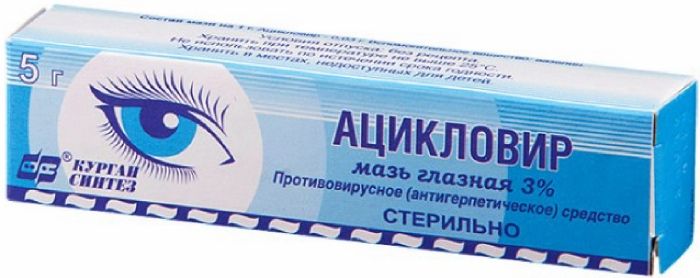
Acyclovir ointment Ch. 3% 5g tuba
$3.11
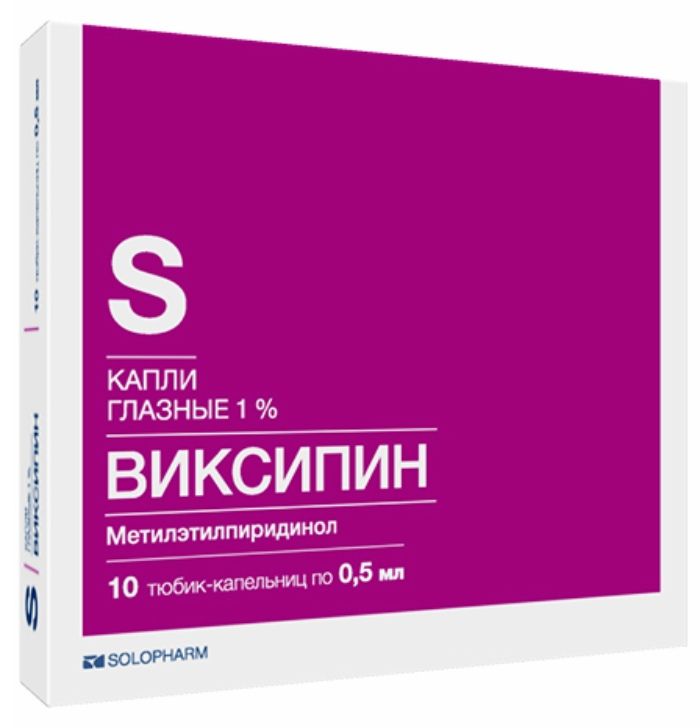
Viksipin drops Ch. 0.5 mL 1% Tub-cap. 10 pcs Grotex Ltd.
$5.05
$2.02
Diclofenac solofarm drops Ch. 0.1% 5 ml-vial cap. 1 PC
SKU: 01852393369 Categories: Medicaments, Mucosal inflammation, Ophthalmology Tags: 5 ml, Grotex Ltd.
Description
Composition
Active substance:
1 ml of the preparation contains:
Diclofenac Sodium – 1.0 mg.
Excipients:
Benzalkonium chloride – 0.05 mg
Gidroksipropilbetadeks – 20.0 mg
Propylene glycol – 15.0 mg
Boric Acid – 4.8 mg
Sodium tetraborate decahydrate (borax) – 0.4 mg
Disodium edetate (Trilon B) – 0.1 mg
Water for injection – up to 1 ml.
Description:
Transparent colorless or light yellow liquid.
Product form:
0.1% eye drops.
0.5 ml of a dropper tube of low density polyethylene or polypropylene.
5 or 10-tube drippers in a package of foil film or without it, together with instructions for use in a stack of cardboard.
5 ml in a vial with a dropper of low density polyethylene and the lid from Lemma kontro- first opening into the vial or dropper, high density polyethylene together with the lid and screwed plug-dropper.
1 bottle together with instructions for use in a stack of cardboard.
Contraindications
Hypersensitivity to the drug, hemodyscrasia unclear origin, erosive ulcerous processes in the gastrointestinal tract in the acute stage. As other non-steroidal anti-inflammatory drugs (NSAID) drug contraindicated in patients with attacks of bronchial asthma, urticaria, acute rhinitis, involved in applying the acetylsalicylic acid or other drugs that inhibit prostaglandin activity. There is a possibility of cross-sensitivity to acetone tilsalitsilovoy acid, phenylacetic acid derivatives and other NSAIDs. Proti- vopokazano intraocular use of the drug during surgical procedures.
Carefully
Epithelial herpetic keratitis (including history); diseases causing bleeding disorder (including hemophilia, elongation time hemorrhage was, bleeding tendency); asthma caused by reception atsetilsali- tsilovoy acid; elderly age.
Dosage
1 mg / ml
Indications
Inhibition of miosis during cataract surgery (preparation has no mydriatic properties and does not replace the standard drugs to rotate and causes pupil dilation); treatment and prevention of inflammatory processes after surgical interventions on the eyeball; prevention of cystoid macular edema after cataract surgery; treatment of non-infectious conjunctivitis; treatment and prevention of post-traumatic inflammation in pronika- constituents and non-penetrating wounds of the eyeball (in addition to local antibakte- ble therapy).
Interaction with other drugs
Instillation into the conjunctival cavity NSAIDs including diclofenac, together with glucocorticosteroids (GCS) in patients with severe corneal inflammation can lead to the progression of corneal lesions. Caution must be exercised when using the drug together with corticosteroids in patients with severe corneal inflammation Niemi.
If necessary, can be used concomitantly with other eye drops, including those containing corticosteroids. The break between the instillation must be not less than 5 minutes to prevent leaching of the active ingredients by subsequent doses.
Overdose
Data on overdose of the drug available.
The drug is safe if accidentally swallowed, as a 5 ml solution contains 5 mg of diclofenac (3% of the maximum daily oral doses of diclofenac adult).
pharmachologic effect
Pharmacological group:
Nonsteroidal anti-inflammatory drug. ATC code: S01BC03.
Pharmacodynamics:
Diclofenac – a derivative of phenylacetic acid possesses anti-inflammatory and analgesic action. The mechanism of action is due to inhibition vaniem indiscriminate cyclooxygenase 1 and 2, which leads to suppression of the synthesis of prostaglandins in inflammation.
When applied topically in the form of eye drops, eye diclofenac reduces inflammation resulting from infection, injury or surgery; reduces miosis during surgery, reduces the synthesis of prostaglandins in the anterior chamber of moisture.
Pharmacokinetics:
The maximum substance concentration in the cornea and conjunctiva 30 is achieved by Mi- nutam after instillation. The drug is rapidly eliminated from the body, complete elimination is observed after 6 hours.
The drug penetrates into the anterior chamber of the eye; into the systemic circulation in a therapeutically relevant concentrations does not act.
Pregnancy and breast-feeding
The drug is contraindicated in pregnancy because of the possible risk of premature closure of the ductus arteriosus and possible suppression of labor contractions.
In experimental studies have found adverse effects diklofe- naka on pregnancy, embryonic and postnatal development. When diclofenac tablets inwardly in lactating mothers at a dose equivalent to 50 ml of the drug
Diclofenac – SOLOfarm, 0.1% eye drops, reveals negligible trace amount of drug in breast milk, has no adverse effect on the child.
Conditions of supply of pharmacies
Prescription.
side effects
Adverse events reported below are listed in accordance with the frequency of occurrence. Incidence is defined as follows: very often (> 1/10), often (> 1/100 and 1/1000 and 1/10000 and
Common: temporary mild to moderate eye irritation.
Uncommon: itching in the eyes, conjunctival hyperemia and blurred vision (just after instillation).
Rarely: punctate keratitis or corneal lesions (after repeated use of the drug). Patients at risk of developing corneal lesions, for example, The use of glucocorticoids or by various diseases (infection, rheumatoid arthritis), with repeated use of the drug in rare cases the possible development of sight-threatening complications of ulcerative keratitis or spot, of defects epithelial corneal edema and corneal thinning.
Very rare: shortness of breath and worsening of asthma, pain in the eyes.
allergic reactions
Rare: conjunctival hyperemia, allergic conjunctivitis, redness, itching and swelling of the eyelids, urticaria, rash, eczema, erythema, pruritus, hypersensitivity, cough and rhinitis.
special instructions
Anti-inflammatory effect of NSAIDs including diclofenac, may impede the diagnostics of infectious processes of the eye. Patients with eye infection or the potential risks of its development the drug should be administered together with appropriate antibak- ter therapy.
In the period of treatment is not recommended to wear soft contact lenses. If rigid lenses, remove them before using the product and again put on 15-20 minutes after instillation.
Pressing the bottom tear point or closing eyes during 3 minutes after zakapyva- Nia in the conjunctival sac reduces penetration of the drug into the systemic circulation, which promotes more effective local action of the drug and reduce you frequency of systemic side effects.
Do not touch the pipette tip to the eye.
The effect on the ability of control of vehicles and mechanisms
During the period of treatment must be careful when driving and occupation of other potentially hazardous activities, trebuyuschi- mi high concentration and psychomotor speed reactions.
Storage conditions
At a temperature of not higher than 25C.
Keep out of the reach of children.
Dosing and Administration
Locally. For inhibiting intra-operative miosis drug instilled in conjunctive tivalny bag for 2 hours at intervals of 30 minutes (4 times) before operation.
For the prevention of cystic macular edema drug instilled 1 drop three times a day for 2-3 weeks after surgery.
For the treatment of post-traumatic inflammation in non-penetrating trauma max eyeball 1 instilled dropwise over 4-6 hours. Duration of left-cheniya determined by the physician, depending on the disease and the patient’s needs.
For example, to reduce the severity of pain following surgical intervention of the eyes (after refractive surgery) drug should be instilled in drops at 1-2 hour before surgery, 1-2 drops in the first 15 minutes after the operation and 1 drop every 4- 6 hours during 3 days after surgery.
Other indications: 1 drop 3-4 times a day depending on the severity of the condition. The course of treatment can last from 1 to 2 weeks.
Working with a tube-dropper: 1. Detach one tube-dropper, put the rest back in the pack. 2. Open the tube-IV (making sure that the solution is at the bottom tyubik- dropper, rotating movements rotate and separate valve). 3. The required amount of drip in the eye of the drug. 4. Close the tube-drip valve.
Unsealed tube-IV can be stored no longer than 24 hours, and then the tube-IV should be discarded.
Information
Appearance may differ from that depicted in the picture. There are contraindications. You need to read the manual or consult with a specialist
Additional information
| Weight | 0.100 kg |
|---|---|
| Manufacturer | Grotex Ltd. |

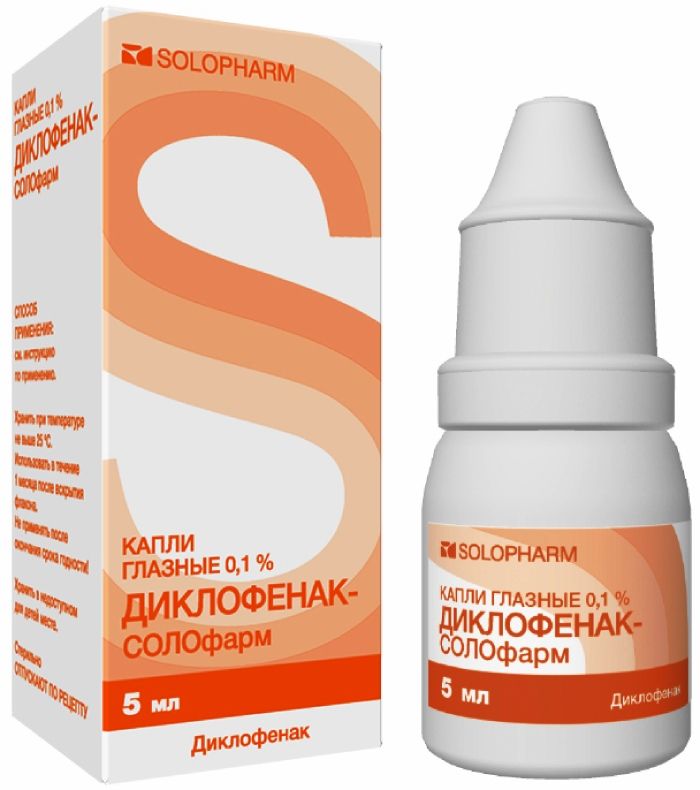

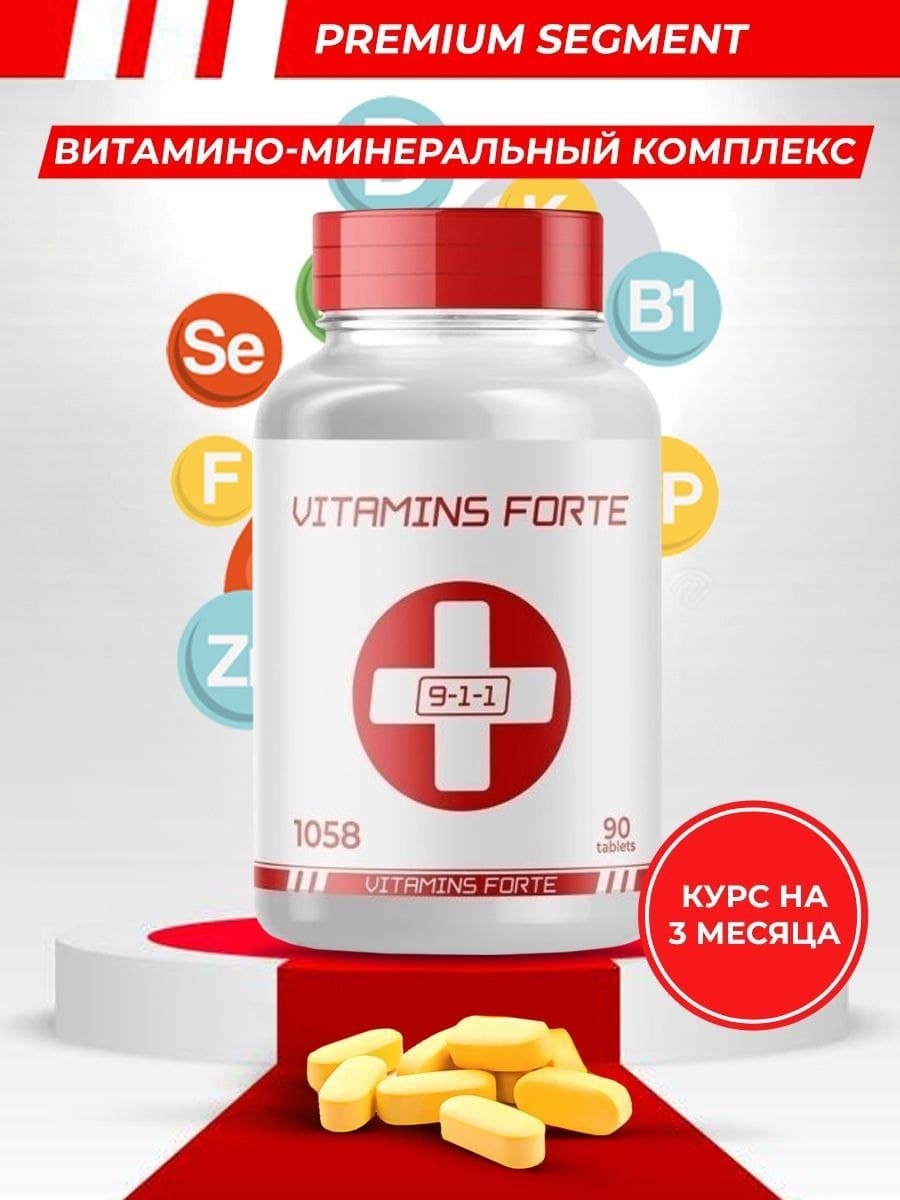
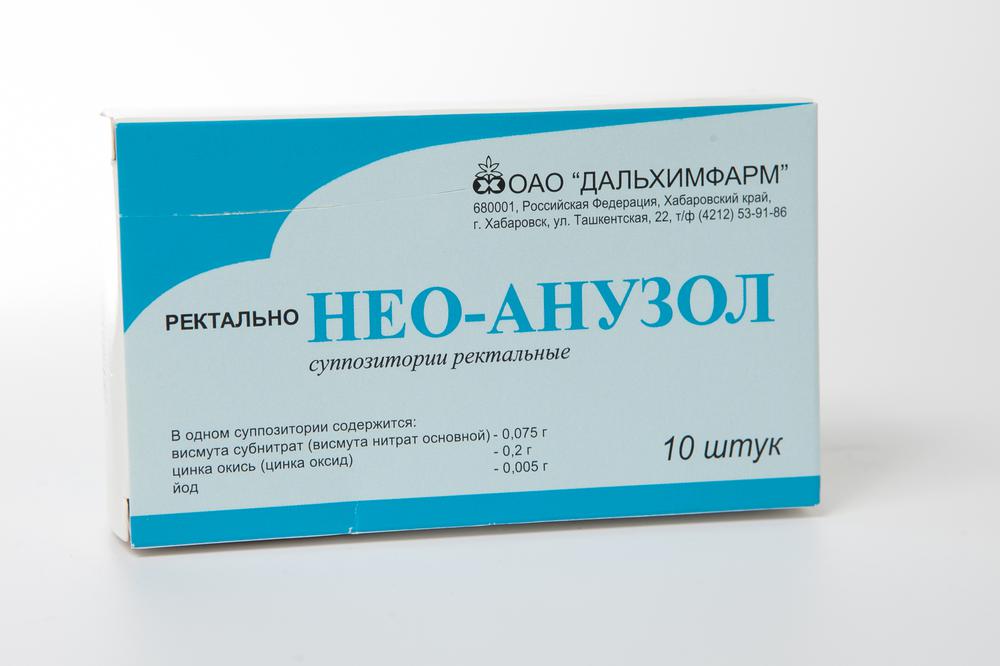
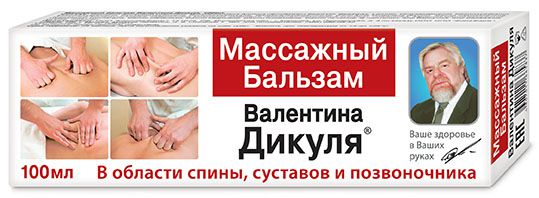
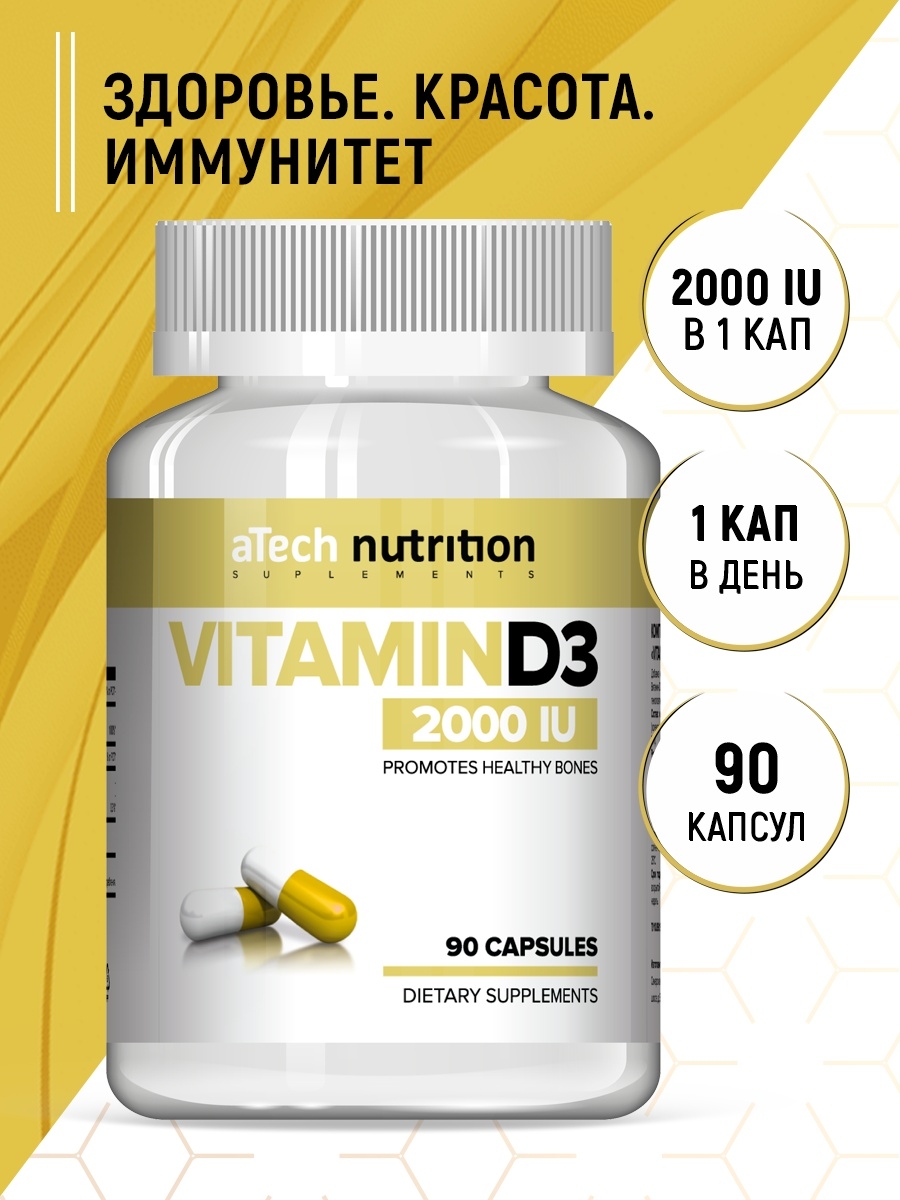
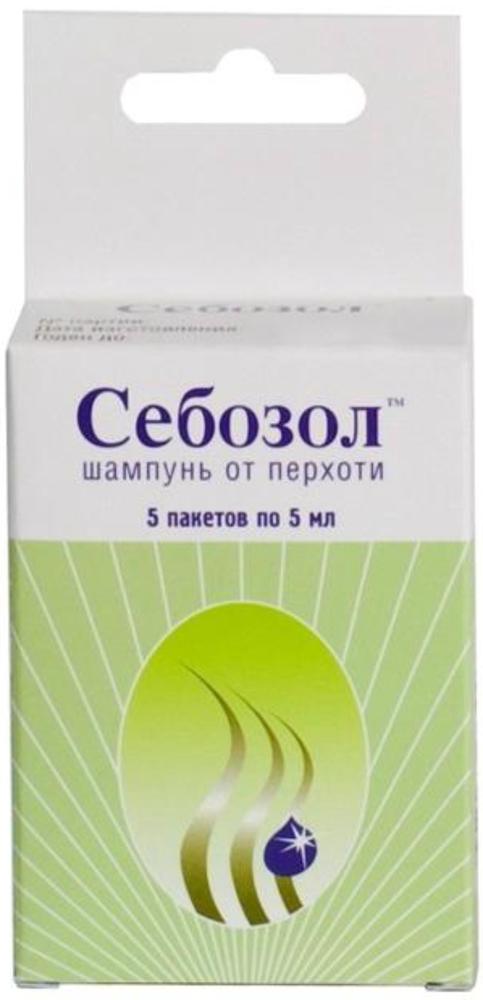




There are no reviews yet.